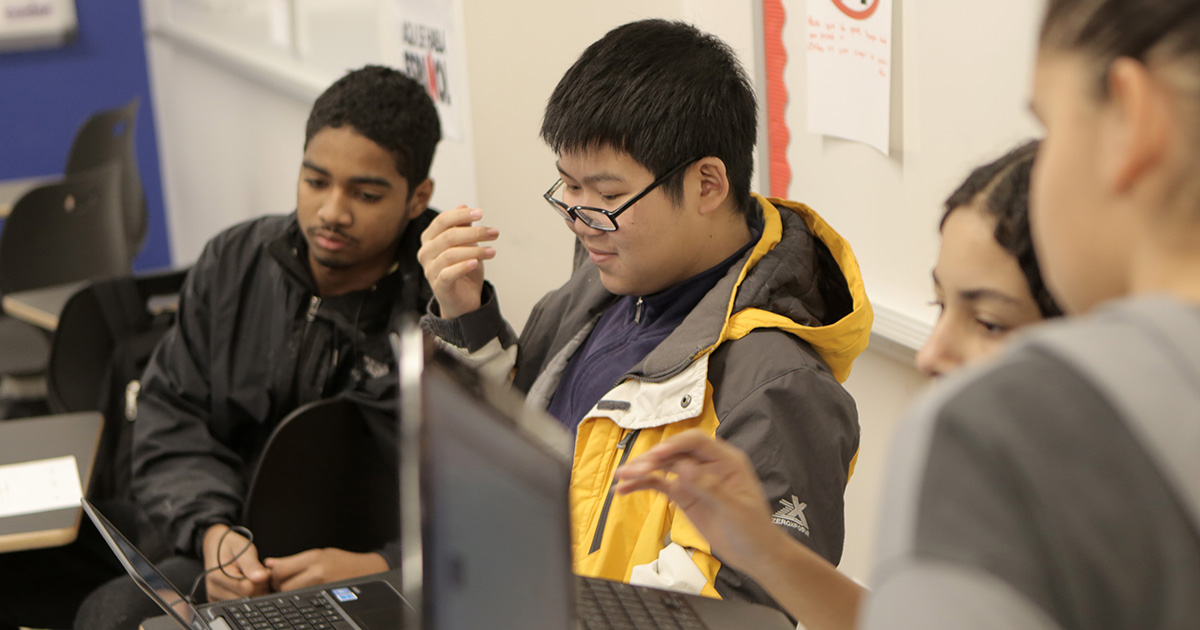This blog is part of our RELevant series, which provides viewpoints and findings from REL Mid-Atlantic.
The anticipation of appointment as a principal is usually tempered by the quick realization that the hands holding the keys are responsible for the academic, behavioral, and emotional success of all who enter the building. This was never truer when the effects of the COVID-19 pandemic layered principals with additional duties. Managing contact tracing, remote learning, high absences, and parent concerns while prioritizing teacher and student safety and well-being meant that principals often pushed their own needs aside. The social and emotional stress from the pandemic touched everyone—students, families, teachers, and leaders alike. Principals can act as role models and encourage others to prioritize their mental health and well-being by being intentional about self-care themselves.
The joint 2022 leadership conference of the Maryland Association of Elementary School Principals and the Maryland Association of Secondary School Principals focused on how school leaders are navigating new waters and responding to the challenges brought on by the pandemic. Attendees not only acknowledged the compassion fatigue that characterized them but also the importance of identifying mental health needs to attend to self-care. Keynote speaker Jessica Cabeen, a school leader and author, reminded us that we can’t help others if we are not helping ourselves.
Self-care is personal. There isn’t a one-size-fits-all solution.
Principals must identify what works best for them by noting what activities leave them feeling refreshed and recharged. It can be something as simple as taking a walk, reading a book, or working in a garden. Whatever it is, being intentional about disengaging from work and allocating time for self-care is key.
While at work, principals can block time in their schedules to create ‘open space’ between meetings or classroom visits to help them reset or recharge. They can find opportunities throughout the day to acknowledge the good things happening in their schools and pause for the positive.
Feelings, triggers, and stressors are not always easily identified. Principals can engage in conversations with colleagues who share similar frustrations to increase their self-awareness and create a plan to better manage stress from this post-pandemic environment. The National Association of Elementary School Principals and the National Association of Secondary School Principals have established networks for principals and assistant principals across the nation to support shared communities of practice and learning.
District leaders must support principal well-being and self-care.
A 2022 Rand Corporation study found that 85 percent of principals were experiencing frequent job-related stress, compared with 73 percent of teachers and 35 percent of other working adults. Forty-eight percent reported burnout, while 28 percent reported symptoms of depression. Featured in an EdSurge article, one principal shared, “My brain never got the opportunity to shut down, recharge.” A special advisor on principal engagement said, “The reason principal mental health is so concerning today is principals pour into the vessels of everyone else—students, teachers, central office staff. But who is meeting the needs of the principal?”
School district leaders need to ensure that district-based leadership is supportive and responsive to the ever-changing role and responsibilities of school principals. Providing principal professional learning that supports engagement and collaboration as well as peers supporting and appreciating peers are critical to the mental health and well-being of principals.
Principals’ health and well-being are only beginning to receive the attention that student and teacher health and well-being have been given since the pandemic began. Recognition that supports each group’s needs is vital if school communities are to remain focused on the success and development of all their members.
Cross-posted from the REL Mid-Atlantic website.



